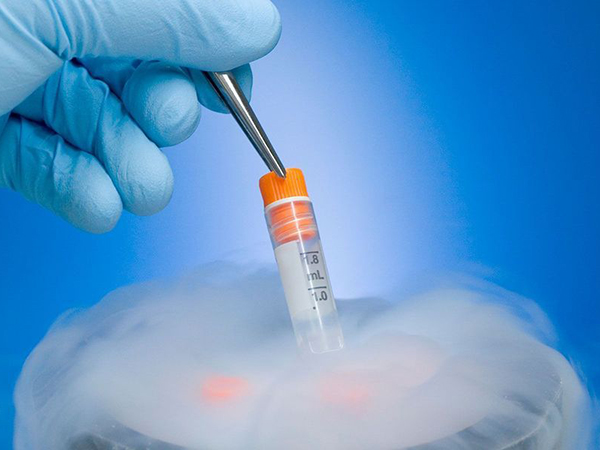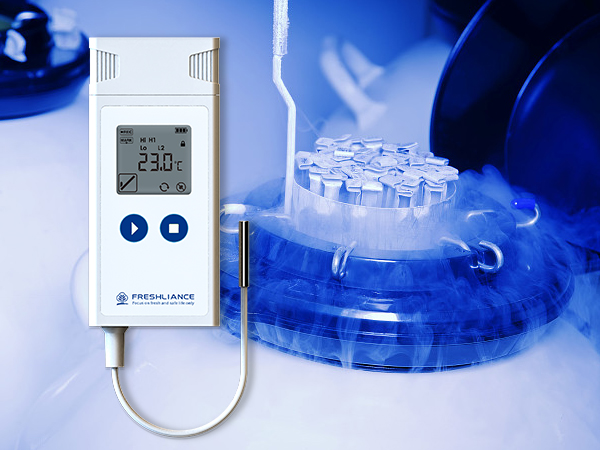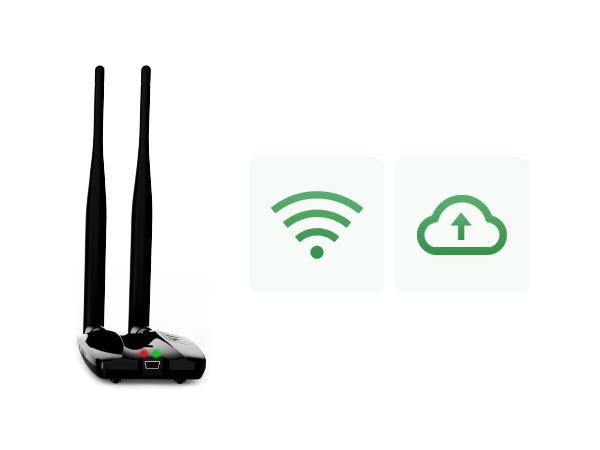Freshliance Atlas Log-200 multi-use liquid nitrogen ultra low temperature sensor comes with a wide temperature measurement range of -200℃~+90℃. It can be used for cryogenically storing biological cells.

The preservation of cells is an essential aspect of cell culture. The only effective means of preservation of animal cells is by freezing, which can be accomplished with either liquid nitrogen or by employing cryogenic freezers. The freezing process involves slowly reducing the temperature of prepared cells to -30 to -60℃ followed by a transfer to temperatures less than -130℃. Once at ultra-low temperatures, the cells are biologically inert and can be preserved for years.

The temperature at which frozen cells are stored will affect their viability. Storage at -80°C, due to small amounts of unfrozen water, may permit slow chemical reactions, which will eventually result in cell death. A temperature of less than -130°C is required to completely stabilize cell preparations. This is usually achieved by storage in liquid nitrogen (-196°C), liquid nitrogen vapor, or in a cryogenic freezer (-150°C). All three methods are used with each presenting its own strengths. Liquid nitrogen is a non-mechanical method of cryopreserving cells. A large thermos-like container is used to house either racks or sleeves that hold cryogenic vials. Cells stored in nitrogen can be placed above the liquid in a cold vapor phase or in the liquid nitrogen itself (-196°C). Simple systems rely on a cycle of filling the tank and allowing the nitrogen to evaporate followed by refilling. Liquid nitrogen storage systems do not require electricity, but rather a ready source of liquid nitrogen. A small 50-liter tank will require filling every 5-6 weeks a year. Cryogenic freezers are an alternative to the traditional methods of cryopreserving animal cells. Cryogenic freezers use high-efficiency compressors to reach temperatures as low as -150°C.

The Atlas Log-200 multi-use liquid nitrogen ultra low temperature data logger can monitor and record the temperature of animal cells during transportation and storage. The compact, coin-sized unit with the external thermistor probe can detect the temperatures of animal cells under a liquid nitrogen environment. It can view critical temperature information from its LCD screen simply. With generous 35000 readings and low consumption, this logger can work for up to 90 days. All our data loggers have the ability to program alarm limits. Should the temperature reach levels outside these limits, the digital display will show a notice and give an alarm sound of about 60dB at 3m. Alarm conditions can be programmed for high/low, continuous or cumulative time over the alarm. Push the left button to view critical temperature information anytime during its working.

 English
English Español
Español Русский
Русский Français
Français Deutsch
Deutsch عربي
عربي 中文
中文



